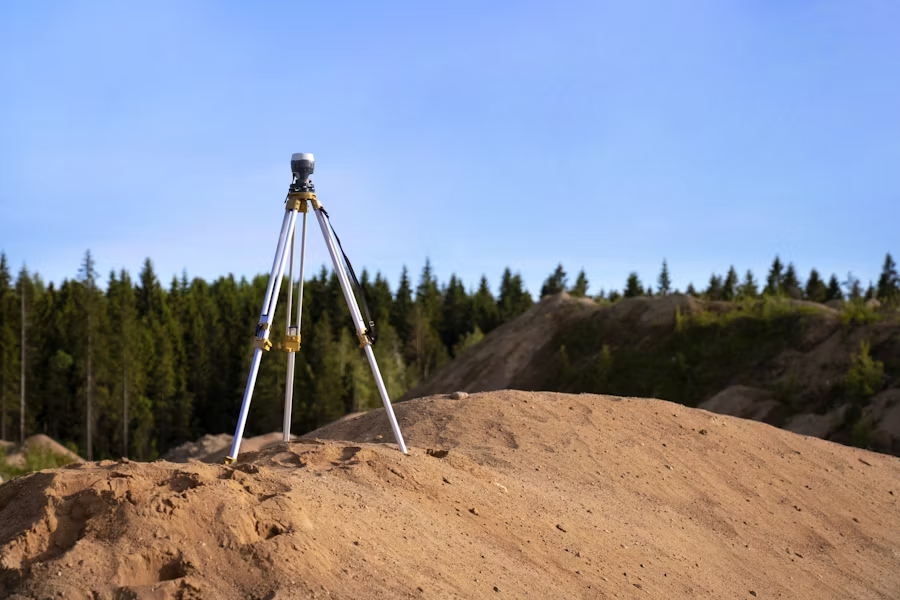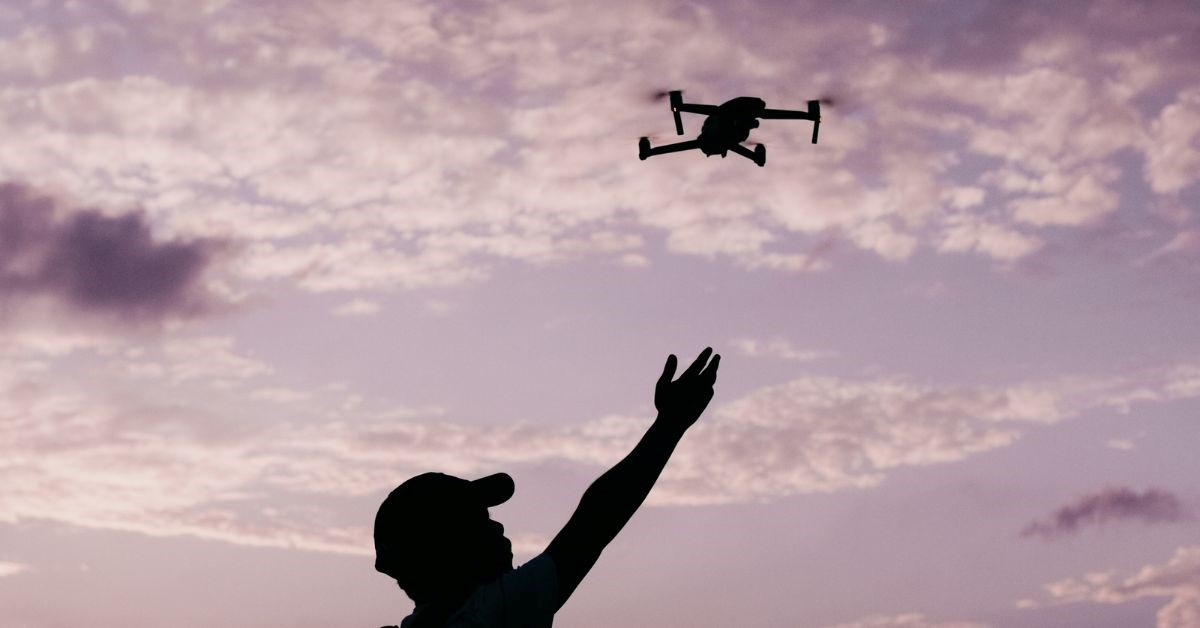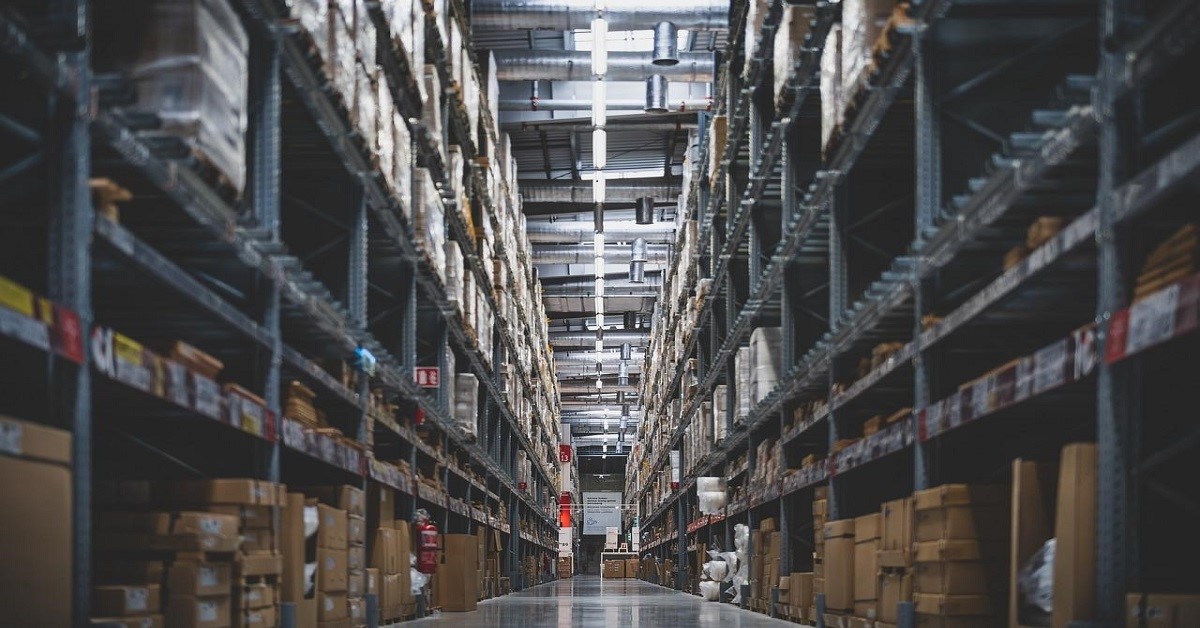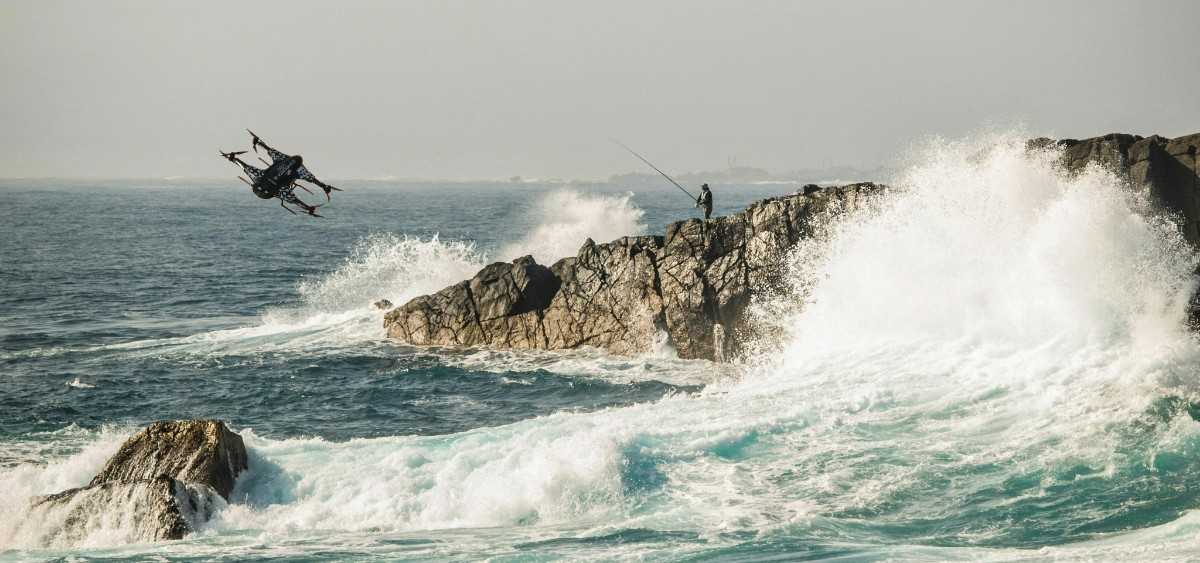Navigating Drone Photography Costs in 2025: Establishing Your Rates
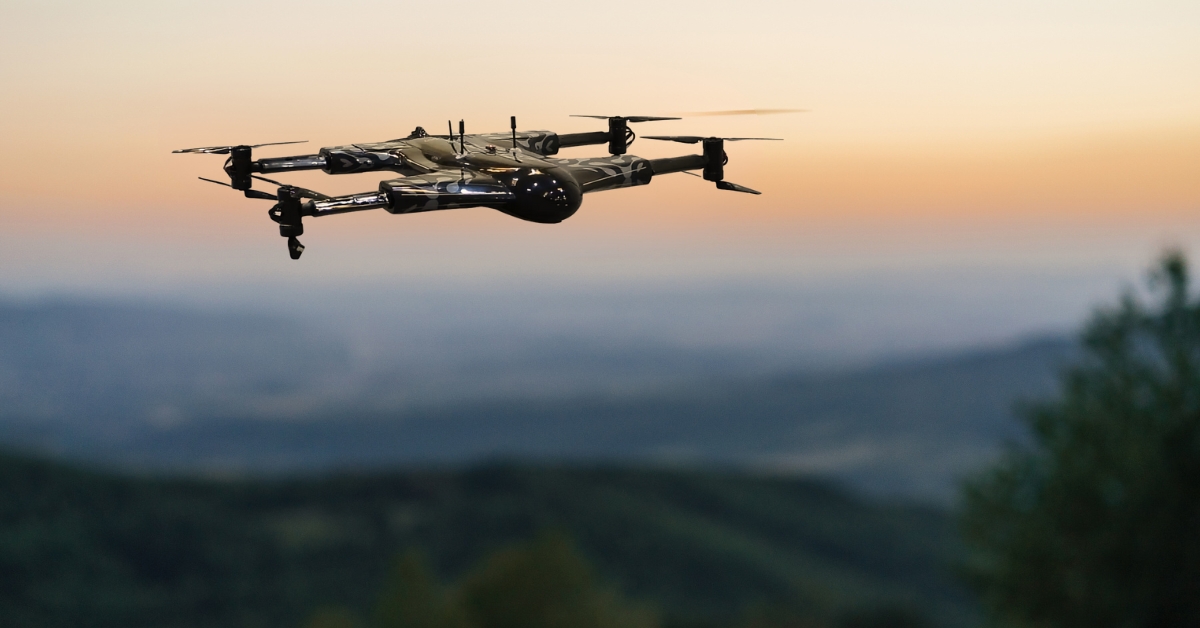
Drone photography did not just revolutionize capturing images, it also changed the way we see the world. Today, anyone from real estate agencies to filmmakers needing aerial shots can use drones to capture breathtaking scenery.But does aerial photography only refer to using drones to take pictures? What does it really entail? What happens during the process? The answer is far from it. Drones are incredibly versatile and can be used for many applications. Likewise, aerial photography has never been more flexible or essential for nearly every industry.
In this article, we’ll try to answer key question drones for beginners might ask, such as what drone or aerial photography entails, what drone photography services are profitable, how to take eye-catching drone shots, how to set up your price range for your offered services, what factors could affect pricing, what hidden costs to know about, and how you can set up your business
What Happens in Aerial or Drone Photography?
Commercial drone photography captures aerial and expansive perspectives. It often covers real estate, wedding parties, or other special events. However, it can also include other industries like agriculture and construction. When it comes to capturing aerial photographs and videos, drones are not only faster but better. They can capture footage from angles that cranes or helicopters otherwise can’t. Additionally, they’re much cheaper and easier to set up. Here are the ways drones are bringing new opportunities to photography and film:
Drone photography services capture aerial perspectives for various industries, including real estate, weddings, construction, and agriculture. Drones provide unique angles and high-quality footage that traditional equipment like cranes or helicopters can’t achieve. They are versatile, offering real-time data collection, precision mapping, and high-resolution images. Common services include property shots, event coverage, crop monitoring, and construction progress tracking. Pricing varies based on location, experience, and equipment, with additional costs for software, licensing, and insurance. Drone photography enhances project speed and accuracy, benefiting industries from real estate to agriculture.
- New aerial perspectives: New camera angles, full-speed footage, and flights over water are no challenge for drones.
Freedom from physical constraints: Drones can replace expensive land-based equipment, which includes doilies, cranes, and jibs.
Smart features: Additional features make drones safer and easier to fly, like obstacle sensors and GPS.
Drone Photography Services: What Are They?
Drone models come in different varieties and sizes. Different models are also designed for different purposes. Some are small and used for recreation, while others are larger with various features for all kinds of industrial applications. The same goes for photography services. There are a few different types and niches you can consider when setting up your business:
1. Real Estate Photography
One of the most common businesses involves taking drone shots of commercial properties.
Aerial photography isn’t just the best way to showcase properties and their locations. To increase the chances of landing a client, best drones for real estate is a requirement.
According to the US Bureau of Labor Statistics in May 2025, the median hourly wage for photographers was $19.60. The median wage is the point at which half the workers in an occupation earned more than that amount and half earned less. Here’s a breakdown:
- Lowest 10%: Earned less than $13.71 per hour
- Highest 10%: Earned more than $46.03 per hour
2.Industry-Specific Earnings
For photographers in various industries, here are the median hourly wages:
Photographic Services: $17.70 per hour
Here is a sample breakdown you can change as needed:
- Up to 2,000 square feet: $150 – $250
- 2,001 to 4,000 square feet: $251 – $350
- 4,001 to 6,000 square feet: $351 – 450
- Over 6,000 feet: $450 – $600
Work Schedules and Flexibility
Many photographers enjoy the flexibility of part-time work. This flexibility allows them to meet with current and potential clients or visit various work sites. It’s important to note that workloads can fluctuate, especially for photographers specializing in seasonal events. For instance:
Wedding Photographers: Typically busiest during the summer and fall
Wedding Photography
Drones can shoot amazing footage for weddings. Wide shots show off the venue or the bridal gown in ways that standard photography may struggle with.
That said, with wedding photography, you need to be handy with photo and video editing. The good news is these tools are also readily available for novice and experienced pilots.
Here is a sample price breakdown that you can adjust if needed:
- Full-day Coverage: $700 – $1,000
- Half-day Coverage: $400 – $700
- Highlight Video: $200 – $500
3. Construction
Nowadays, drone photography is considered a norm for the Architecture and construction industry. Showing off photo and video footage of ongoing construction projects is the first part of aerial photography.
Aside from pre-planning and ribbon-cutting, drones can cover more ground during inspections. They can collect and analyze real-time data for managers and stakeholders to access from anywhere in the world.
Here is a sample hourly rate breakdown you can adjust as needed:
- Up to 1 hour: $70 – $250
- 1 hour to 4 hours: $280 – $1000
- 4 hours to 8 hours: $560 – $2000
4.Agriculture
Aerial drone photography services in agriculture are well-established. They not only take high-resolution photos and videos but also see use in precision mapping and surveying.
If you’re interested in landing clients from the agriculture sector, here is a sample price breakdown you can adjust:
- Basic aerial mapping – Basic aerial mapping, which covers basic visual assessment, can range between $300 to $1,000 per flight.
- Advanced aerial mapping – Advanced mapping includes data analysis and specialized data products. This service can range between $1,000 to $1,300 per flight.
- Basic crop monitoring – Basic crop monitoring services include capturing images for crop health assessment. This service can range between $500 to $1500 per flight, though it may vary based on the area.
- Advanced crop monitoring – Advanced crop monitoring comes with data analysis. Including NDVI mapping and disease detection, the service can range between $1,500 and $5,000 per flight.
What Factors Should You Consider When Charging for Your Drone Photography Business?
Drone photographers can charge by the hour or by the day. That depends on various factors that add to the overall expenses. Here are a few you need to consider for both hourly and daily rates:
1. Location
Location costs include fuel and travel time, which can easily add up. As a result, destination weddings, like beach weddings, can be more expensive compared to other locations.
2. Experience
Drone photographers are likely to charge more based on their level of experience. An extensive portfolio helps them convey their expertise in drone photography, videography, and post-production.
Here’s a sample breakdown of hourly and day rate estimates according to professional drone pilots that you can adjust later:
Rate Type | Experience Level | Price Range |
Hourly | Beginner | $100 – $200 |
Intermediate | $200 – $350 | |
Expert | $350 – $500 | |
Day | Beginner | $1,000 – $1,500 |
Intermediate | $1,500 – $2,000 | |
3. Equipment
Complex projects need more specialized equipment. Equipping gimbals for mounted cameras or special attachments may add to the hourly or daily rate.
On top of that, commercial drone photography rates vary depending on the drone. Higher-end drones come with higher-end cameras, which can justify the price tag.
4. Duration
Costs run higher the longer events take. This has to do with running multiple drone flights, which means extra batteries and most importantly, labor cost
5. Post-production and Editing
After the initial flights, then comes post-production and editing. For wedding or real estate photography, you may need to be handy with photo and video editing.
However, for industries like agriculture, you may also need to work with specialized software. These can include handling mapping software for 3D mapping to data analysis.
What are the Hidden Costs of Drone Photography?
The drone itself isn’t the only cost to consider when setting up a pricing plan for your drone business. According to drone professional pilots and enthusiasts, here are a few extras you need to factor in:
1. Software
Editing and post-production software should be a hidden cost worth considering for beginner drone photographers.
For the most part, photo and video editing is readily available and can be rather intuitive. Drone mapping software is also readily available online but can be a little trickier to navigate.
2. Licensing and Training
In each country, certain rules govern when and where to register the drone. In the case of the US, one can register with the FAA official. Moreover, in the case of each drone, you would be charged only $5. However, you can then fly the drone legally for the next few years.
For commercial drone photography, pilots also need to obtain a remote pilot certificate. They also need to follow Part 107 regulations. This means they need to fly within line of sight during daylight hours below 400 feet.
3. Insurance
Most of the time, while operating drones, you might face the risk of crashing them and damaging them at the same time. There is always an element of uncertainty regarding accidents, and bad weather can cause the drones to crash at anytime. Staying insured might make you pay more but secures you in the long run.
4. Repair Costs
Drones have good durability, but they will damage after all. In the commercial drone photography business, the job gets really tough here. Here, you have to fly the drone in really harsh weather many times, risking it to pressure and getting damaged.
Here is a list of drone parts that you should have spares for:
- Landing Gear – Landing gear keeps the drone upright and prevents the propellers from touching the ground.
- Spare Propellers – Damaged propellers can make a drone unstable.
- Neutral Density Filters – Neutral filters limit the amount of light from reaching your sensors, which lets you film at slower shutter speeds.
- Memory Card – Back-ups matter more than you think! When your data storage is full, you can’t take any more pictures or videos.
- Carry Case – Depending on the size of the drone, a durable carry case protects it during transport.
- Spare Batteries – Spare batteries can save you plenty of time and help you stay airborne longer.
What to Consider When Taking Drone Photos
Drones are incredibly fast. They are also much cheaper compared to planes and helicopters. Simply having an affordable flying camera not only saves so much on expenses but also allows photographers to explore new opportunities.
When taking drone shots, keep the following in mind to ensure the best results every time:
1. Familiarize Your Drone
Before you start your aerial photography business, you, of course, need to possess the most important thing of all – your drone and learn all of its intricacies and capabilities.
To begin with, getting the hang of your drone and its functions and features is highly important. You will not be able to capture stunning footage without them. So, thoroughly study the relevant user manual and fly it to test the controls and settings.
2. Study the Work of Experts
All the best drone pilots learn from the best ones that came before them. So, studying the works of the world’s best professional photographers will be useful for you in the long run.
3. Use the Best Lighting to Your Advantage
Like with standard photography, lighting can make or break drone photography. Take advantage of sunrises or diffused light, or take advantage of overhead shots on cloudy days. Taking pictures by twilight can also yield great results.
4. Composition
Patterns and lines in drone photography have the same effect as in standard photography. Engaging patterns and lines can be found everywhere, from rivers to farm fields. When utilized well, they make for captivating shots.
5. Plan Your Shoots Well
Despite various advances in drone technology, they still have a limited flight time. Planning your flight routes to take advantage of the best shots efficiently is crucial. When it comes to aerial photography, maps are your best friend. They can help you see the shape of the terrain and can provide great ideas for aerial subjects.
What Drone Data Files Should You Know About?
If you want to expand aerial drone photography service, drone mapping is a great thing to add to your repertoire. Many industries, such as construction, need drone data to make maps for various project phases.
When it comes to drone mapping, it’s important to know the different industry-standard formats when delivering data. Having the right format ensures that clients can readily use or integrate it with other software tools.
Here are a few of the most popular drone data export formats you should be familiar with:
1. Point Cloud
Point cloud maps are a collection of points in 3D space, often used for representing external surfaces of buildings. They are great for providing accurate models of real-world geometry.
Point cloud maps have two types of file formats:
- xyz – A simple format for recording points in 3D space
- las – A file format designed to interchange and archive LiDAR data
2. Digital Elevation Models
Otherwise known as 2D elevation models, digital elevation models are heat maps where different colors represent different elevations. They are great tools for analyzing the Earth’s surface in a two-dimensional format.
These elevation maps often come in the following file formats:
- kml – The format used in Google Earth for showing geographic data
- tiff – A lossless file format used for storing high-quality image files before editing
3. Orthomosaics and Thermal Maps
Commercial drone photography also covers taking extensive pictures for creating maps. 2D orthomosaics are simply top-down, scale-corrected maps that provide a birds’-eye view of a site. The same goes for thermal maps.
They typically have two file formats:
- kml – The format used in Google Earth for showing geographic data
- tiff – A lossless file format used for storing high-quality image files before editing
What are the Next Steps You Should Take for Your Drone Photography Business?
Drone photographers, much like event photographers, make money by charging clients to shoot photos and videos. Now that you’ve decided your rates, it’s time to make your business official.
Here’s how you can get your beginner drone photography business airborne:
1.Create your Business Plan
Now that you’ve decided to start your own business, you need to know what resources you need. You also need to know how you can monetize your business.
When it comes to creating a business plan, consider the following:
- Initial Expenses – A Part 107 prep course and drone license will set you back $300 and $160, respectively. Meanwhile, the drone itself will set you back at about $1,500 to $2,000 each.
- Regular Expenses – Regular expenses include liability ($600 to $1,000) and hull ($500 to $750) insurance. Editing software (e.g. Adobe Premiere) and flight support software also run at around $15.99 and $300 yearly.
- Landing Clients – Drone photographers can’t rely on repeat customers. To increase your chances, you need to pay close attention to marketing. You should also have your portfolio readily available for clients.
2. Choose a Name and Business Structure
It’s important to start with a name early on when starting a business since names stick. Additionally, most states don’t allow businesses to use names that are already used.
Next, it’s important to choose your drone photography business structure carefully. Your choice between the following can affect many aspects of your b
- Sole/General Proprietorship – Sole and general proprietorships are when a business is owned by one or multiple partners. They are fast, cheap, and easy to maintain, but owners are personally liable.
- LLC – Limited liability companies are business entities that are considered legally separate from their owners. Owners are not personally liable but often incur more fees and formal requirements.
3.Promote Your Business Online
Once you’ve filed the necessary paperwork, it’s time to start promoting. You can either hire a professional or use a platform like WordPress or Medium.
You should also maintain a regular presence on social media. Having multiple platforms for your commercial drone photography business increases your visibility to potential clients.
What are the Other Applications for Drone Technology?
Drone photography isn’t the only application for drones. If you want to branch out your drone business, you should be open to expanding to different niches. By doing so, you offer more services and are more likely to land more clients.
Here are a few other applications for drones in industries:
1. Warehouse Drones
Offering warehousing and ineventory is a viable option for a few reasons. One is that drones are great at identifying QR codes on crates quickly without risking injuries. With pre-programmed flight routes, they can even work as security drones.
2. Weather Drones
Weather drones are useful for local weather stations in rural and agricultural areas. Their speed, relative affordability, and onboard sensors make them vital for delivering accurate local weather broadcasts in real-time.
3. Mining Drones
Warehouse drones are excellent at navigating tight spaces. The same can be said for using drones in the mining industry. Drones in mining are often used to monitor specific areas to ensure personnel safety at all times.
The Bottom Line
Drones give plenty of advantages that traditional photography can’t. Whether it’s for weddings, tourism ads, or real estate listings, well-placed drone shots provide that extra edge apart from competitors.In other industries, 3D mapping is also extremely valuable. The ability to collect images quickly in real-time means projects are completed much faster and with more accuracy.
Now is the perfect time to break into the market for drone photography, real estate, weddings, and other industries. By following this guide, you’ll be on your way to becoming a superstar drone pilot.
Contact Us
Thank you for your message. It has been sent.
Latest Posts
Social Profiles






